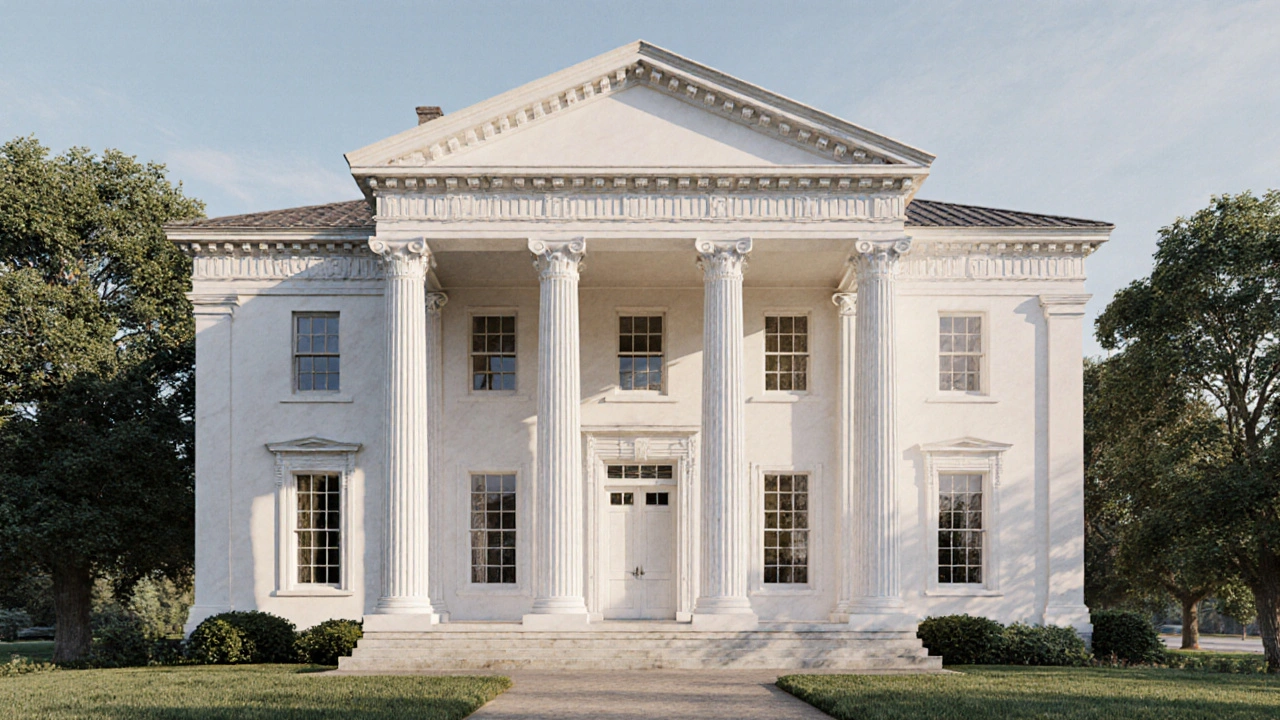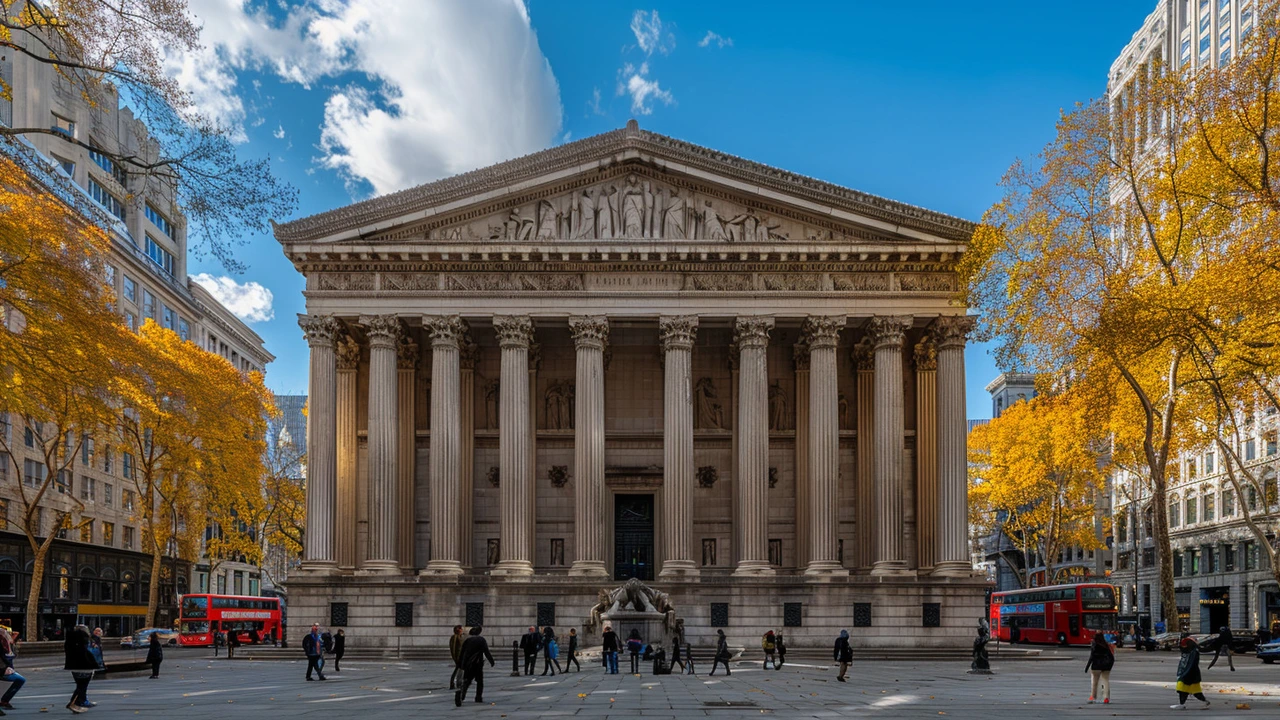Neoclassical Style: How to Recognize and Use It
You probably pass neoclassical buildings every day without realizing it. The style borrows straight from ancient Greece and Rome, but it shows up in civic buildings, townhouses, and even modern interiors. If you want to spot it fast or add the look to your home, focus on a few clear signals.
Neoclassical grew in the late 1700s as a reaction to overly ornate styles. Architects went back to classical rules: symmetry, clear proportions, and calm ornament. The result feels formal and timeless, not fussy.
Key features to spot
Start with symmetry. Facades are balanced left to right—doors and windows line up like a mirror. Look for columns or pilasters using classical orders: Doric, Ionic, or Corinthian. Those columns often support a pediment, the triangular shape above an entrance.
Materials are usually stone, stucco, or smooth brick. Surfaces are flat and restrained; decoration focuses on moldings, cornices, and friezes rather than busy carving. Windows tend to be tall and regularly spaced; entrances are central and emphasized with steps or a small portico.
Public neoclassical buildings may add domes and large porticos. Think national museums, courthouses, and parliament houses. Domestic versions keep the same rules but on a smaller scale—balanced facades, classical door surrounds, and orderly rows of windows.
How to use neoclassical style today
If you want the look at home, start small. Add a strong focal point: a simple columned entry, a pedimented doorway, or crown moldings that follow classical proportions. Keep paint tones neutral—whites, warm creams, soft grays—so the architecture reads clearly.
Choose furniture that respects scale. Neoclassical rooms need pieces that match the room's formality: clean lines, balanced shapes, and few fussy details. A modern sofa with tapered legs pairs well with antique-style moldings. Use mirrors and symmetrical lighting (matching sconces or lamps) to reinforce balance.
For renovations, keep original elements where possible. Repair cornices, restore plaster details, and match any replacement molding to the existing profile. When adding modern systems, hide wiring and vents so they don't interrupt classical lines.
Want to spot neoclassical buildings while traveling? Look for a central entrance with columns, a triangular pediment, and a clear, balanced layout. If you see a civic building with a dome or a long row of identical windows and a formal staircase, there’s a good chance it’s neoclassical or influenced by it.
Neoclassical style is practical: it reads as order, stability, and calm. Use those cues to guide design choices—symmetry over randomness, proportion over excess—and the result will feel collected and lasting. Ready to see it differently next time you walk down the street?

Greek Revival Architecture: Key Features and History Explained
Explore Greek Revival architecture's origins, key features, regional twists, iconic examples, and preservation tips in this in‑depth guide.
Read more
Discovering the Wonders of Greek Revival Architecture
Greek Revival architecture, inspired by ancient Greek temples, has left a significant mark on the world of design. This article delves into its origins, key characteristics, popular examples, and its lasting influence. Readers will gain insight into this timeless style and tips for identifying Greek Revival structures.
Read more